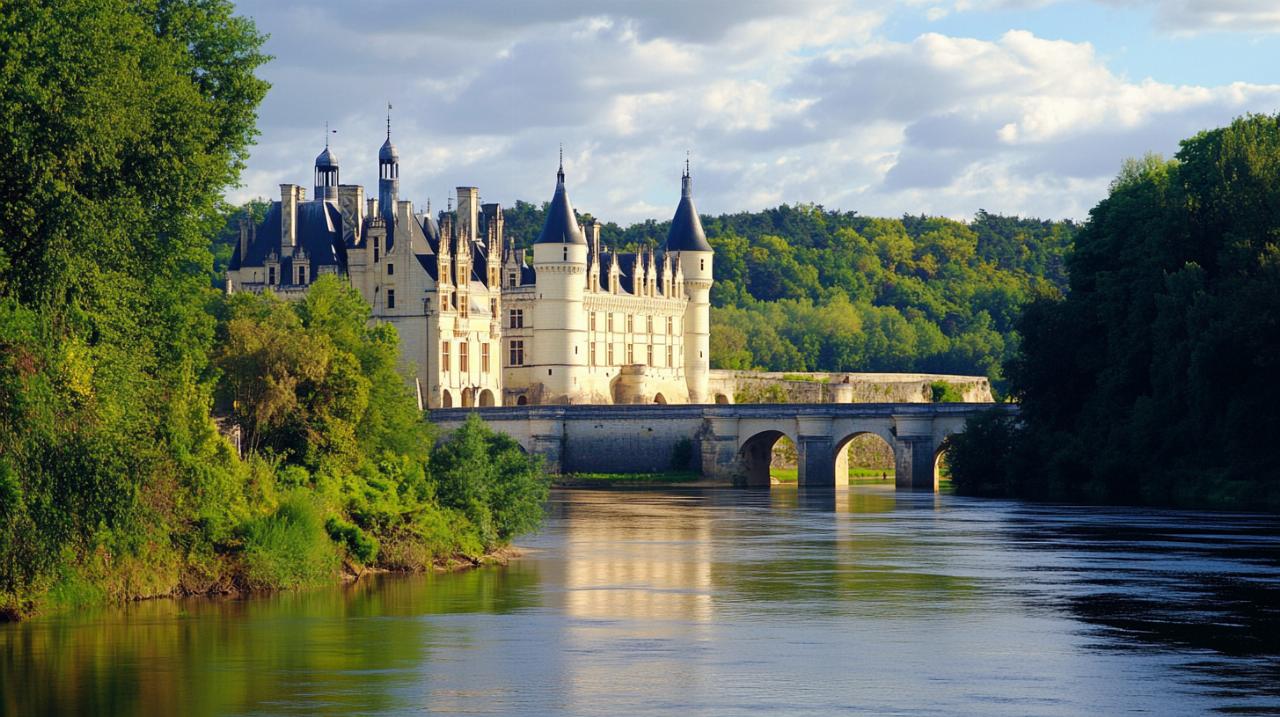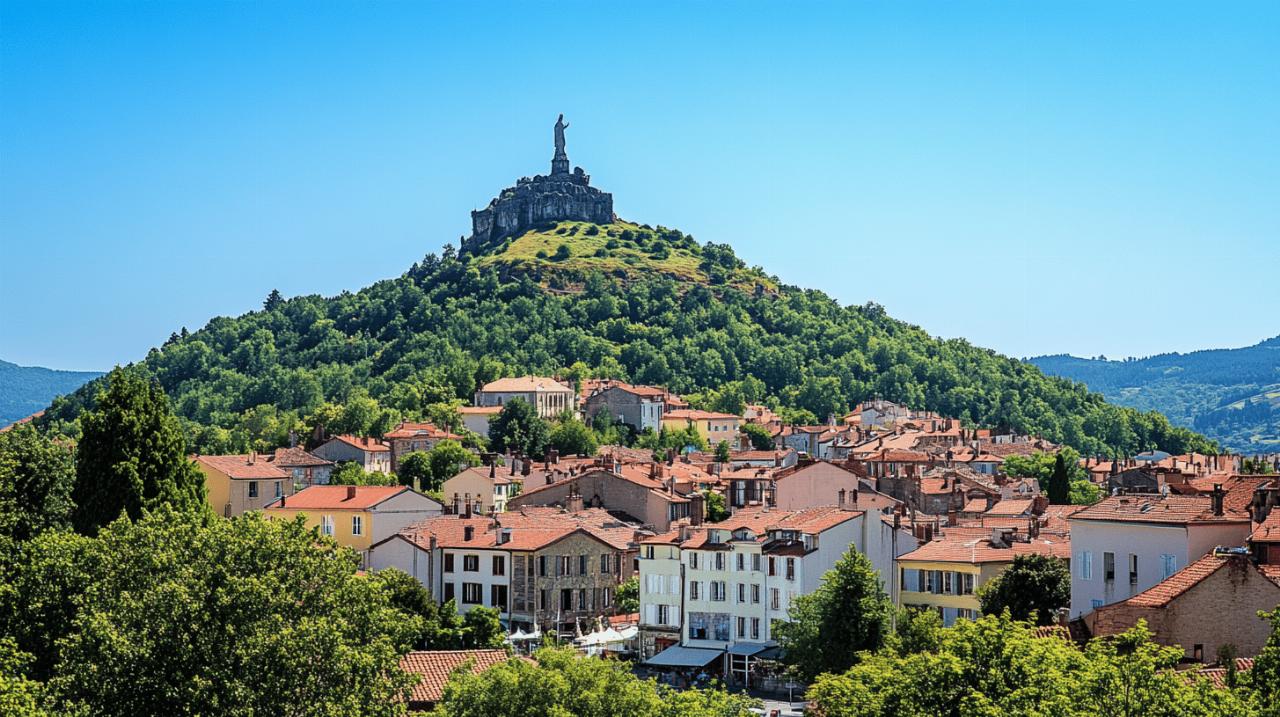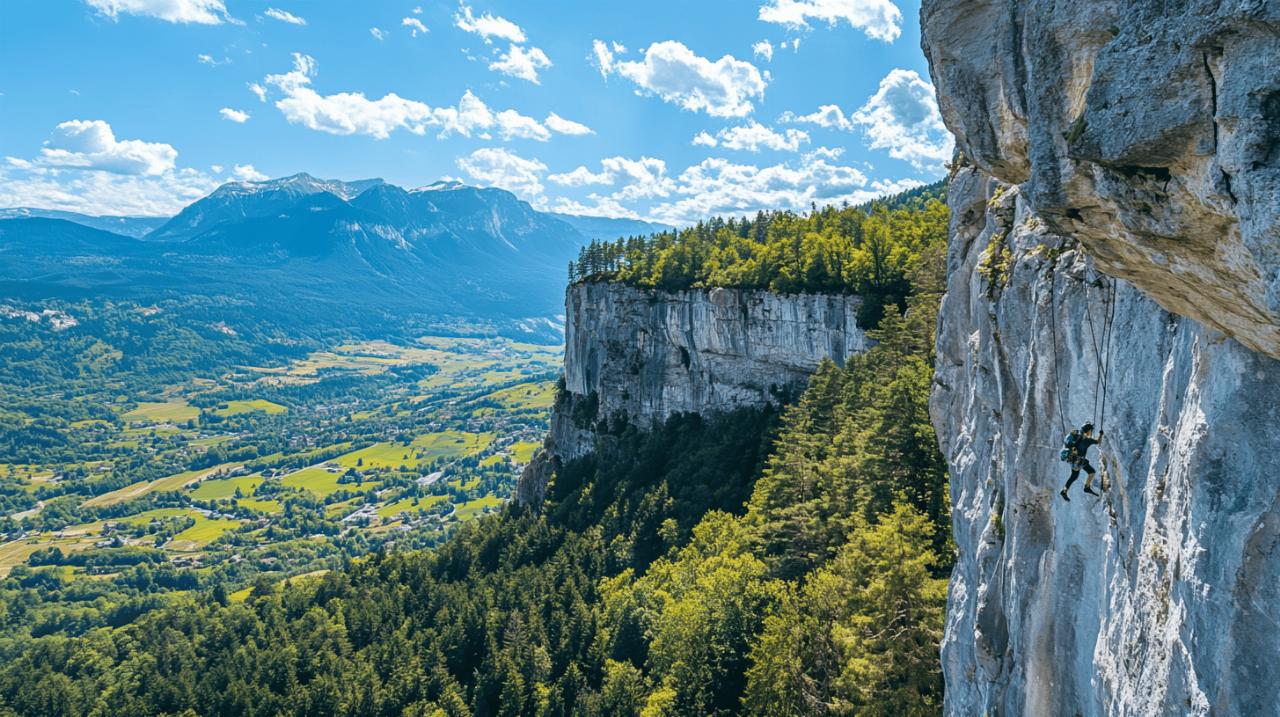Nestled within the embrace of the majestic Himalayas, the Katmandou Valley offers travellers a unique opportunity to step away from the hustle and bustle of modern life and embark on a journey of spiritual discovery. The valley is home to a remarkable collection of monasteries that serve not only as places of worship but as vibrant centres of art, history, and cultural heritage. Whether you are seeking inner peace, a deeper understanding of Tibetan Buddhism, or simply a tranquil escape surrounded by breathtaking scenery, the monasteries of Katmandou provide an unforgettable experience that resonates long after you leave.
Ancient wisdom: exploring katmandou's most sacred monastic havens
The spiritual heart of the Katmandou Valley beats strongest in its ancient monasteries, where centuries of devotion and learning have shaped the region's identity. These sacred sites offer visitors a chance to connect with practices that have been passed down through generations, creating a living link between the past and the present. Each monastery tells its own story, woven into the fabric of Nepal's rich Buddhist heritage, and invites those who enter to pause, reflect, and experience the profound tranquillity that permeates these hallowed grounds.
Swayambhunath: the monkey temple and its timeless serenity
Perched atop a hill overlooking the valley, Swayambhunath is one of the most iconic and revered sites in all of Nepal. Often referred to as the Monkey Temple due to the playful troops of macaques that inhabit the area, this ancient stupa is far more than a whimsical nickname suggests. It is a UNESCO World Heritage Site that has stood for over two millennia, its gleaming white dome and golden spire symbolising the path to enlightenment. As you climb the worn stone steps leading to the summit, the air seems to shimmer with a sense of the sacred, and the panoramic views of the valley below remind you of the vastness of the world and the intimate connection between earth and sky. The complex is alive with the sounds of prayer wheels spinning, the chanting of mantras, and the gentle rustle of prayer flags fluttering in the breeze. Visitors often find themselves drawn into a meditative state, captivated by the serene atmosphere and the spiritual energy that radiates from every corner of this timeless sanctuary.
Kopan Monastery: A Sanctuary for Buddhist Learning and Meditation
For those seeking a more immersive spiritual experience, Kopan Monastery stands as a beacon of Tibetan Buddhist teaching and practice. Established in the early nineteen seventies, this monastery has become a renowned centre for learning, attracting thousands of visitors each year who come to deepen their understanding of Buddhist philosophy and meditation. The monastery offers courses that cater to everyone from complete beginners to seasoned practitioners, providing a welcoming environment where seekers from all walks of life can explore the teachings of the Buddha. The daily rhythm of life at Kopan is punctuated by prayers and pujas, creating a sense of continuity and devotion that is both comforting and inspiring. Evening meditation sessions on Tuesday evenings invite participants to join in quiet contemplation, while Sunday mornings feature hatha yoga, mindfulness meditation, and family-friendly sessions that open the doors of spiritual practice to all. The peaceful surroundings, coupled with the guidance of experienced teachers, make Kopan Monastery a true sanctuary where the mind can rest and the heart can open to the possibility of transformation.
Architectural splendour: the intricate artistry of valley monasteries
Beyond their spiritual significance, the monasteries of the Katmandou Valley are also masterpieces of architectural artistry and craftsmanship. The intricate details that adorn these sacred spaces reflect the deep reverence and creative genius of the artisans who built them, many of whom belong to the Newari community, a group renowned for their skill in woodcarving, metalwork, and intricate design. Walking through these monasteries is like stepping into a living gallery, where every archway, every carved column, and every painted mural tells a story of devotion and artistic excellence.
Traditional newari craftsmanship in monastic design
The Newari people have long been celebrated for their contributions to the architectural and artistic heritage of Nepal. Their influence is evident in the monasteries scattered throughout the valley, where traditional craftsmanship is on full display. The wooden beams and doorways are often adorned with elaborate carvings depicting deities, mythical creatures, and auspicious symbols that serve both decorative and spiritual purposes. The use of natural materials such as timber, stone, and clay creates a harmonious blend between the built environment and the surrounding landscape. The attention to detail is nothing short of extraordinary, with every surface revealing layers of meaning and beauty. The courtyards of these monasteries are designed to encourage contemplation, with open spaces that allow natural light to filter in and create patterns of shadow and brilliance. The roofs are typically adorned with ornate finials and gilded decorations that catch the sun and sparkle like jewels, reminding visitors of the divine presence that these structures are meant to honour.
Sacred symbols and spiritual iconography within temple walls
Stepping inside the main prayer halls of these monasteries, one is immediately struck by the richness of spiritual iconography that covers almost every surface. The walls are adorned with vibrant murals depicting scenes from the life of the Buddha, the bodhisattvas, and various protector deities. These paintings are not merely decorative; they serve as visual teachings, guiding practitioners on their spiritual journey and reminding them of the path to enlightenment. The use of colour is both symbolic and deliberate, with deep reds, blues, and golds creating a sense of otherworldly beauty. Intricate mandalas, geometric representations of the cosmos, are often painted on ceilings and walls, inviting meditation and contemplation. Statues of the Buddha and other revered figures are placed at the heart of these spaces, often adorned with offerings of flowers, incense, and butter lamps. The flickering light of these lamps creates a warm, inviting atmosphere that encourages quiet reflection and prayer. Every element within these temple walls is carefully chosen to create a space that is both aesthetically stunning and spiritually uplifting, a testament to the profound connection between art and devotion in Tibetan Buddhist culture.
Spiritual practices: immersing yourself in monastic daily rituals
 One of the most rewarding aspects of visiting the monasteries of Katmandou is the opportunity to participate in or observe the daily rituals that define monastic life. These practices offer a window into a world where spirituality is not an abstract concept but a lived experience, woven into the fabric of everyday existence. For many visitors, the chance to witness or take part in these rituals is a highlight of their journey, providing a deeper understanding of the devotion and discipline that underpin Tibetan Buddhist practice.
One of the most rewarding aspects of visiting the monasteries of Katmandou is the opportunity to participate in or observe the daily rituals that define monastic life. These practices offer a window into a world where spirituality is not an abstract concept but a lived experience, woven into the fabric of everyday existence. For many visitors, the chance to witness or take part in these rituals is a highlight of their journey, providing a deeper understanding of the devotion and discipline that underpin Tibetan Buddhist practice.
Morning Prayers and Meditation Sessions at Dawn
The day in a monastery begins long before the sun rises, as monks gather in the prayer hall for their morning chanting and meditation. The air is cool and still, and the only sounds are the rhythmic beating of drums and the deep, resonant voices of the monks as they recite ancient texts. For visitors fortunate enough to witness this morning ritual, the experience is both humbling and awe-inspiring. The chanting creates a palpable sense of unity and devotion, as each voice blends into a harmonious whole that seems to transcend the individual. Meditation sessions that follow the chanting offer a moment of stillness and introspection, a chance to sit in silence and simply be present. The dawn light gradually fills the hall, casting a soft glow on the statues and thangkas that adorn the space, and the sense of peace that pervades the room is almost tangible. Many visitors find that participating in these morning sessions, even if only as silent observers, leaves them feeling refreshed and centred, as if they have tapped into a wellspring of calm that lies beneath the surface of daily life.
Participating in Traditional Puja Ceremonies and Offerings
In addition to daily prayers and meditation, the monasteries of Katmandou host a variety of puja ceremonies throughout the year, each with its own unique rituals and significance. These ceremonies are opportunities for both monks and laypeople to make offerings to the Buddha and other enlightened beings, seeking blessings for themselves and their loved ones. The process of making offerings is a deeply symbolic act, representing the practitioner's intention to cultivate generosity, devotion, and compassion. Offerings may include flowers, incense, water, food, and light, each element representing a different aspect of spiritual practice. The ceremony itself is a sensory experience, filled with the fragrance of burning incense, the sight of flickering butter lamps, and the sound of bells and chanting. Visitors are often welcome to participate in these pujas, and doing so can be a profoundly moving experience. The act of making an offering, even a simple one, can create a sense of connection to the larger community of practitioners and to the timeless traditions that have sustained this spiritual path for centuries. It is a reminder that spirituality is not a solitary pursuit but a shared journey, one that is enriched by the participation and support of others.
Practical tips: planning your monastic pilgrimage through katmandou valley
Embarking on a journey to explore the monasteries of Katmandou is an adventure that requires thoughtful planning and a respectful approach. While the valley is welcoming to visitors from all over the world, it is important to remember that these are sacred spaces where local customs and traditions should be honoured. By taking the time to prepare and inform yourself about the etiquette and logistics of your visit, you can ensure that your experience is both meaningful and respectful.
Respecting sacred spaces: etiquette and dress code guidelines
When visiting monasteries, it is essential to dress modestly and behave in a manner that reflects the sanctity of the space. Both men and women should wear clothing that covers the shoulders and knees, and it is advisable to remove your shoes before entering prayer halls or other sacred areas. Many monasteries will have signs or attendants to guide you, but it is always best to observe what others are doing and follow their lead. Photography is a sensitive issue in many of these spaces, as the act of taking pictures can be seen as intrusive or disrespectful. Always seek permission before taking photographs, and be prepared for the possibility that photography may not be allowed at all. If you are granted permission, be mindful of where you point your camera and avoid photographing monks or worshippers without their explicit consent. Speaking in hushed tones and refraining from loud conversations or disruptive behaviour is also important, as these spaces are meant for contemplation and prayer. By showing respect for the customs and traditions of the monastery, you not only honour the local culture but also enhance your own experience, allowing you to connect more deeply with the spiritual energy of the place.
Best Times to Visit for a Peaceful and Authentic Experience
The Katmandou Valley can be visited year-round, but certain times of the year offer more favourable conditions for exploring the monasteries. The autumn months, from September to November, are often considered the best time to visit, as the weather is clear and mild, providing stunning views of the surrounding mountains and comfortable conditions for walking and trekking. Spring, from March to May, is also a popular time, with blooming rhododendrons adding vibrant colour to the landscape. However, if you are seeking a quieter, more introspective experience, consider visiting during the off-peak season, when there are fewer tourists and the monasteries are more tranquil. Early mornings are generally the best time of day to visit, as this is when many of the daily rituals take place and the atmosphere is most serene. Arriving early not only allows you to witness the morning prayers and meditation sessions but also gives you the chance to explore the grounds before the midday crowds arrive. It is also worth checking if any special festivals or ceremonies are scheduled during your visit, as these events offer a unique opportunity to experience the monasteries at their most vibrant and celebratory. With a bit of planning and an open heart, your pilgrimage through the monasteries of Katmandou can be a truly transformative experience, one that leaves you with lasting memories and a deeper appreciation for the rich spiritual heritage of Nepal.







